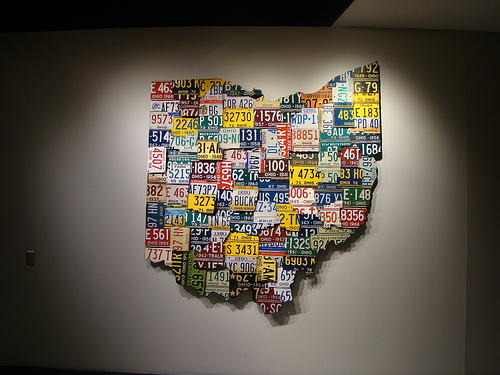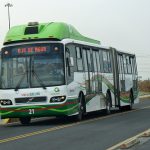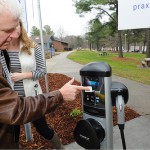PIRG: Ohio millennials want transit investment, not highways
Young Ohioans are opting for public transit over cars, and they’re thinking about their time — and the environment. The Ohio PIRG Education Fund, a consumer group, just released a study of college students’ attitudes on driving and public transit. Turns out, millennials are “seeking a different transportation future, one that allows them to drive less and take transit, bike and walk more.” The status of public transit in Ohio is woeful — it ranks in the bottom 50% of the nation for per-capita transit funding — but the state can benefit by changing its policies and increasing funding.

Image from Vasenka Photography.
The study, Searching For A Better Ride: Ohio Students Want to Live in Communities with Transportation Options, draws on a survey of 500 students at 10 of Ohio’s state universities, both public and private, with the majority of respondents (94%) coming from Ohio State University, Kent University and Oberlin College. “While the survey did not employ a scientifically selected sample,” note study authors Sujatha Jahagirdar and Phineas Baxandall, “the results are consistent with those of other surveys… Today’s young people view the availability of transportation choices as an important factor when selecting a place to live and work.”
The study asked a few key questions: For one, “How important is it for students to live in a place with other transportation options besides driving?” 46% of those surveyed said it was “very important,” while 40% said “somewhat important.” Students already rely on alternative forms of transit; in fact, 45% of those with jobs surveyed said that they use public transit “very often” or “sometimes” for their commute. Plus, more respondents said that they walked, biked or took public transit — rather than driving — to class.
Why are millennials becoming disenchanted with cars? They’re concerned about the costs of driving (think: gas, repairs, insurance, parking and maintenance), plus they’re interested in spending their commuting time in ways other than driving. Sixty-six percent of those surveyed, notes the study, said that “it is important for them to engage in other activities while traveling, which is a key benefit afforded by public transportation use.”
Students are also concerned about the environmental impact of cars, like pollution, global warming and smog: 53% of students surveyed said they were very concerned, with 91% being “somewhat concerned” or “very concerned.” But even those who do drive or ride in cars say that they’d be more likely to take transit instead, were it more accessible: 52% said they’d be “very likely” to do so.
What does this mean for Ohio, as well as for other states seeking to attract top young talent? A diverse transportation mix would be a top quality-of-life feature that attracts millennials to live and work in the area. The study suggests that policymakers should:
- Increase funding for public transit projects.
- Put an end to “wasteful highway expansion projects” (such as Cleveland’s Opportunity Corridor), which take away valuable resources from other transit projects and “undermine efforts to create walkable communities.”
- Take advantage of transportation data to improve service, such as by offering real-time transit updates and online trip planning tools that use crowdsourced rider information and traffic data.
- Colleges and universities should work with local communities to improve public transit access.
Learn more: Discover the full report online here.
Related Posts
Category: News, Transportation

















